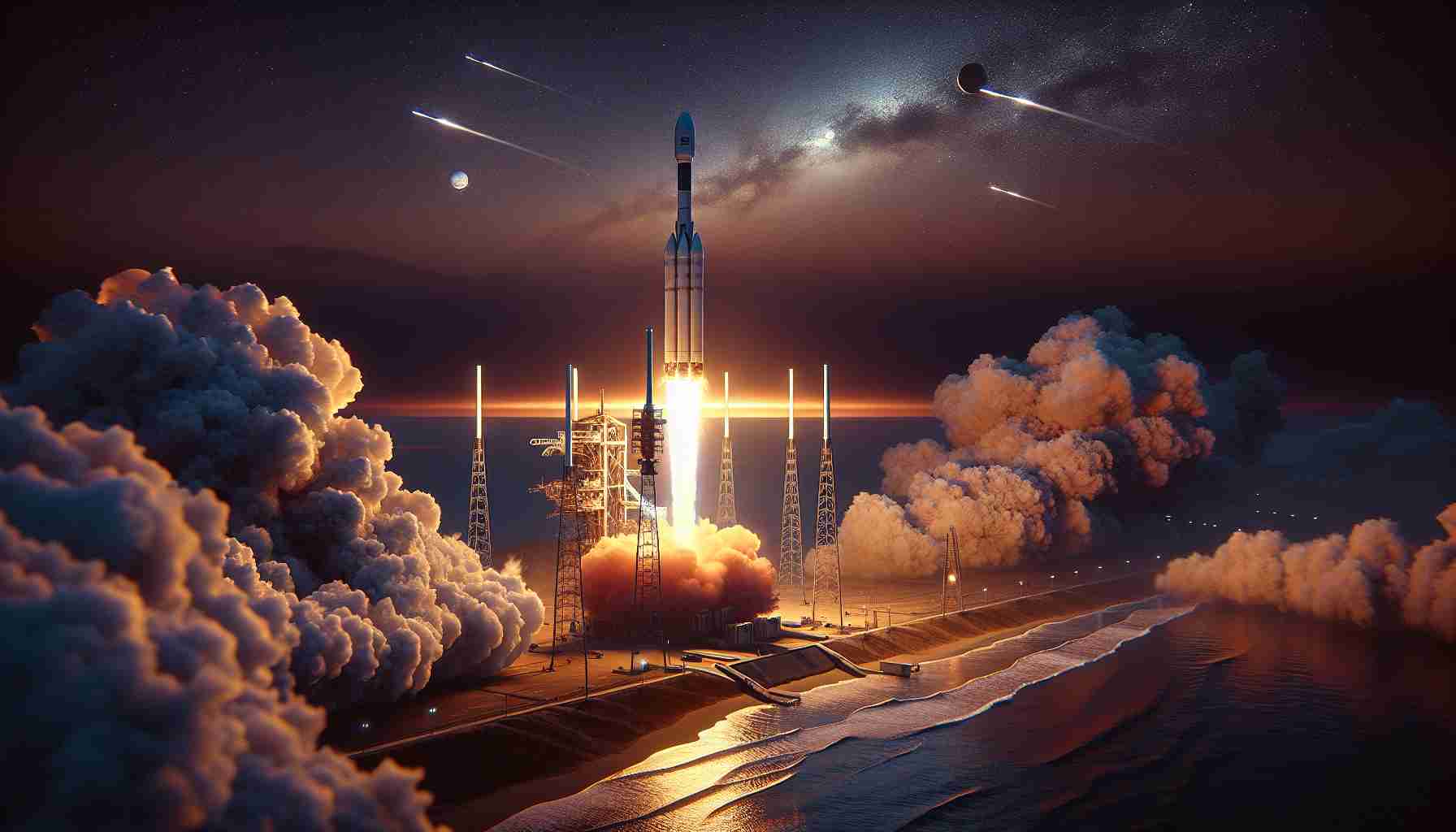
SpaceX is set to enhance its Starlink internet service with the launch of a new group of satellites tonight, October 18. A Falcon 9 rocket is scheduled to take off from Cape Canaveral Space Force Station in Florida at precisely 7:31 p.m. EDT (2331 GMT). This particular launch will feature 20 Starlink satellites, among which 13 possess the ability to connect directly to cell networks, expanding the internet coverage capabilities.
The event will be streamed live on X, previously known as Twitter, starting just five minutes before the rocket’s liftoff. If everything proceeds as planned, the Falcon 9’s first stage will successfully return to Earth after approximately eight and a half minutes and land on the drone ship named “Just Read the Instructions,” located in the Atlantic Ocean. Notably, this launch marks the 17th successful flight for this specific booster.
Once in space, the upper stage of the Falcon 9 will deliver the satellites into low Earth orbit, with deployment occurring roughly 64 minutes following the launch. This new group of satellites will contribute to the expanding Starlink constellation, which has over 6,400 operational satellites, according to satellite tracking expert Jonathan McDowell.
As of 2024, SpaceX has completed 96 Falcon 9 launches, with a significant portion focusing on the growth of the Starlink network. Additionally, the company has undertaken two Falcon Heavy missions and three test flights of its Starship rocket this year.
Another Launch for SpaceX’s Starlink Network: Expansion and Implications
SpaceX’s relentless pursuit of global internet coverage continues with another launch focused on its Starlink satellite constellation. Scheduled for October 18, this mission will deploy 20 new satellites, including 13 designed to provide direct cellular network connectivity. This marks yet another milestone in SpaceX’s vision of universal high-speed internet access, particularly in underserved and rural areas.
Important Questions and Answers
1. What is the primary goal of the new Starlink satellites?
The main goal of the new satellites is to enhance internet connectivity by providing service to areas where traditional broadband options are limited or unavailable, especially in rural regions.
2. How does Starlink’s technology work?
Starlink satellites operate in low Earth orbit (LEO), forming a constellation that communicates with ground stations and user terminals. The low altitude of these satellites reduces latency compared to traditional satellite internet.
3. What are the regulatory challenges Starlink faces?
SpaceX must navigate a complex landscape of regulations, including licensing for satellite launches, orbital debris mitigation, and compliance with international treaties regarding space activities. Additionally, the FCC has raised concerns over the fairness of its subsidies and has questioned the deployment speeds in rural areas.
Key Challenges and Controversies
Starlink’s expansion has not been without its challenges. One of the most significant issues is the growing concern over space debris. With thousands of satellites planned, the potential for collisions increases, posing risks to both operational satellites and the International Space Station. Additionally, astronomers have voiced concerns about the impact of megaconstellations on astronomical observations due to light pollution.
Another challenge is the environmental impact of launching so many rockets, which brings its own set of ecological considerations, including the carbon footprint and risks associated with rocket launches.
Advantages and Disadvantages
Advantages:
– Global Coverage: Starlink has the potential to provide internet access to rural and remote areas where traditional providers do not operate.
– Reduced Latency: LEO satellites offer lower latency compared to geostationary systems, making applications like video conferencing more viable.
– Scalability: The ability to launch multiple satellites simultaneously allows for rapid expansion and servicing of the network.
Disadvantages:
– Space Debris: The increase in satellite numbers raises significant concerns about the future sustainability of space environments.
– Cost of Service: While Starlink aims to be affordable, the initial setup costs and subscription fees may be high for many potential users.
– Competitive Market: As more companies enter the satellite internet market, SpaceX will face competition that could affect its pricing and market share.
As SpaceX embarks on this latest mission, the implications of its Starlink network reach far and wide, from technological advancements to addressing global digital divides. It remains critical for stakeholders to balance innovation with responsibility as this ambitious project unfolds.
For more information on SpaceX and its satellite missions, visit SpaceX.



